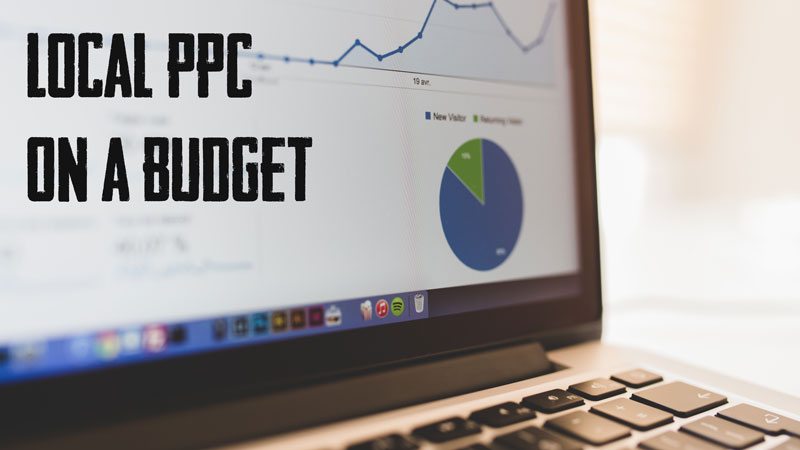How to Do Local PPC on a Budget: Part 1

NOTE: This is Part 1 of a four-part series on how franchisees can effectively use a local PPC strategy, even on a limited budget. Let’s start with the basics.
Setting Up a Basic Google Search PPC Advertising Campaign
Pay-per-click (PPC)
If you are considering running an online advertising campaign for your franchise, the first thing you should tackle is a good, old-fashioned Google pay-per-click (PPC) campaign. PPC is extremely manageable once the campaign is live. In this guide, I will walk you through the essential elements you need to build a PPC campaign from scratch for your franchise.
Getting Started
When it comes to setting up your PPC campaign, you can get as detailed as you want when it comes to the structure of the account. For a franchisee looking to run PPC campaigns on your own, I have simplified the structure to show you the core elements needed to build and manage a successful PPC campaign in your local market.
When you go to create a campaign in the AdWords interface, you want to choose Search Network only. The “Include Search Partners” option means your ads will show on all of Google’s partner networks. By opting into this, you will spend more money and get more traffic, but typically receive a lower CTR and lower conversion rate. We recommend the Search Network only for now, unless you are looking to spend a little more, and traffic is more important to you than conversions.
Building Your Campaigns
Brand Campaign
Whether you have a well-known brand, or you’re a new brand with little recognition in your local market, you’ll want to devote one of your campaigns to brand terms. This brand campaign should only have keywords of your exact business name and misspellings of your business name.
When creating the brand ads, these key elements must be present:
- Brand Name in the subject line
- Product or service offerings in subject or description line
- Differentiator from your competitors, tell the user what sets you apart in the description line
- Call to action, tell the user what they need to do in the ad. “Call Us Today”, “Request a Quote Online” etc.
Once you have set up your first ad, create a new ad with different ad copy and similar structure to the guidelines above. After about a month or so, you can determine which ad is performing better and retest that ad with a new ad.
Non-Brand Campaigns
- Non-brand campaigns are campaigns that have a product or service focus
- All keywords in these campaigns will be directly related to the products or services that you offer
- The ads should have information about your products and should drop the user directly on a landing page that is related to the product in the campaign
- Make sure you add your brand name as a negative keyword in the non-brand campaign, so all traffic for your brand goes to the brand campaign.
Check back next week for Part 2, where Boyd will discuss more in-depth strategies for your non-brand campaigns. If you have any questions, feel free to comment below.
Stay In Touch.
Subscribe to our monthly email newsletter.
